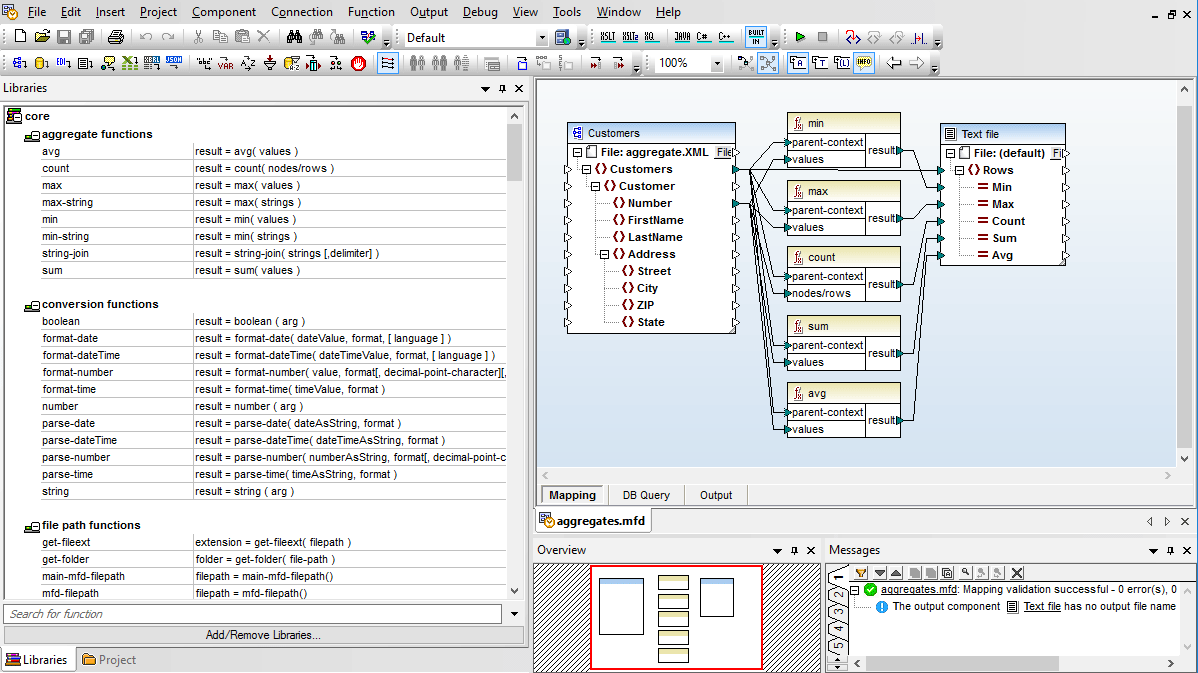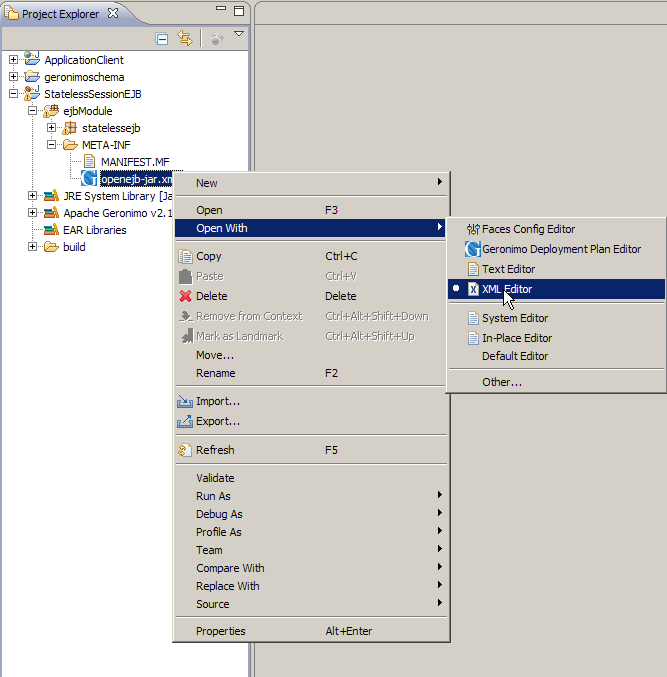
- #TV XML TOOLS HOW TO#
- #TV XML TOOLS UPDATE#
- #TV XML TOOLS SOFTWARE#
HTML is lenient about the order in which different tags appear in a file, but DITA is very particular about the tags that should come first and the order of the tags that should follow. However, XML in addition to standard tags can also use user-defined tags which are defined in a separate file. HTML uses a set of pre-defined tags (,, , etc.), which you cannot change. Both HTML and DITA use tags and attributes within the tags, but whereas HTML may still work when you forget to add a closing tag, DITA and XML are very strict about their closing tags. But, HTML, DITA, and XML differ from each other in multiple respects. The DITA model follows the XML mark-up language, and it looks like one of the most popular mark-up languages, HTML. How is DITA Different From Other Mark-up Languages? It ensures minimalism in your original content while allowing for the versatility of transformation of the content into different DITA output formats and localization in different languages, all without affecting your original content repository. It separates content from formatting via the DITA style guide. It follows structured authoring concepts. DITA is built on XML-based mark-up language. So that’s why DITA XML is worth knowing about, so what is DITA XML? When content reuse is maximized, that means less original content needs to be translated. This strategy of reusing content can also save money on translations. 
Reusing text like this across publications in the organization can save a fortune and improve consistency and quality. So with DITA XML, your content can be reused as needed throughout all of the organization’s publications.
If you are using DITA XML, you can update the section on wheels, and your changes will be automatically propagated to all of the publications and user guides that include that text. So for example, your section on wheels might be identical between the bicycle user guide and the tricycle user guide. With DITA XML you can write the content in modules, which can then be plugged into user guides as needed. That is, if you use an old fashioned workflow. Updating all related content for each product separately will be a huge task and may result in hundreds of errors. Now imagine you have dozens of similar products. Now now, imagine you have updated the product line, and you need to update the user guides. Since they are so similar, you don’t want to write two user guides from scratch, so you copy most of the text from the bicycle user guide to the tricycle user guide. And now imagine you have to write a user guide for each of them. Imagine if you have two products that are similar to each other, like for example a bicycle and a tricycle.
How to Publish DITA XML With Premium ToolsĭITA Topics: The Basic Building Block of DITAīefore we explain exactly what DITA XML is or how it works, let’s show why it’s useful. What Software Reads, Creates, and Transforms DITA Files? Structured Authoring in Technical Writing Using DITA.

How is DITA Different From Other Mark-up Languages?.






 0 kommentar(er)
0 kommentar(er)
